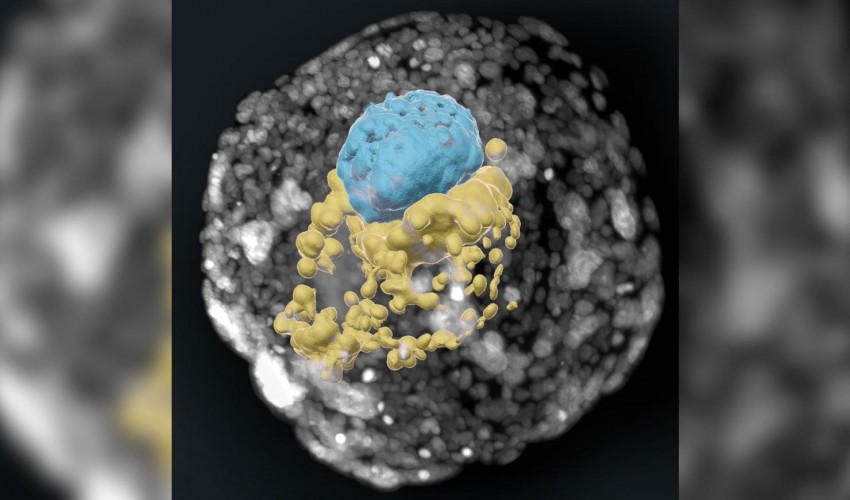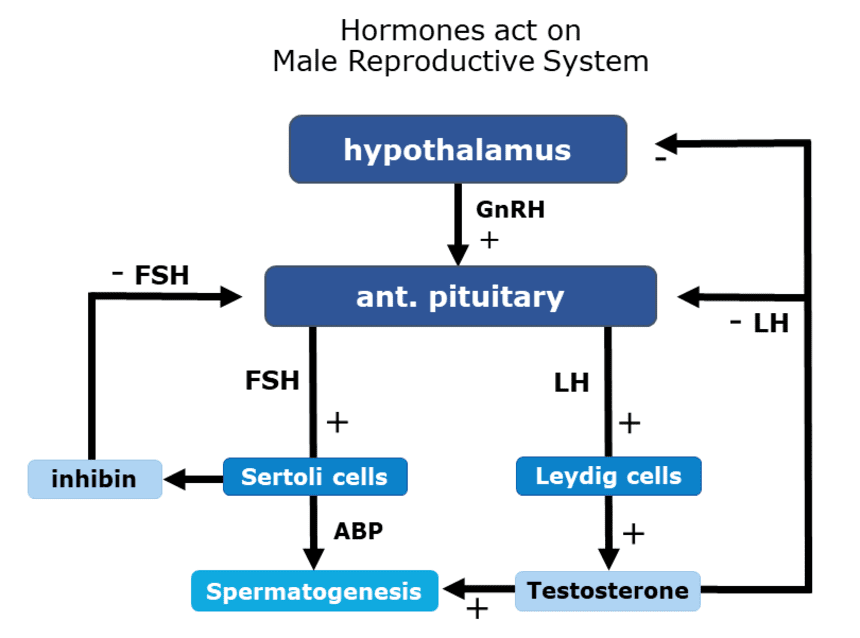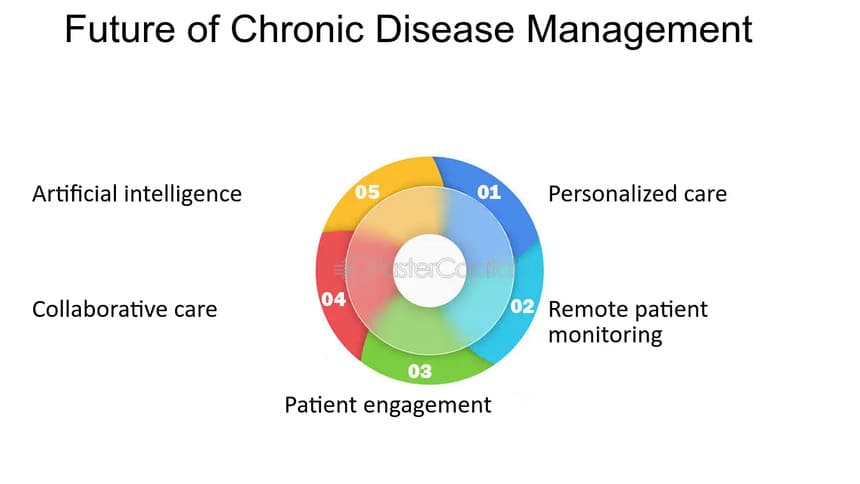Microbiology
17
Breakthrough in Human Embryo Modeling: Balancing Scientific Progress and Ethical Concerns
- Rating
- Human Embryo Models
- Stem Cells
- Developmental Biology
- Ethical Considerations
- Scientific Advances
- Fertility Treatment Insights
- Embryonic Mimicry
Summary:
Recent advancements in human embryo modeling using stem cells offer unprecedented insights into post-implantation development stages, raising both excitement and ethical debates within the scientific community about their applications and potential implications.
Detailed Information:
Understanding Human Embryo Models:
- Human embryo models are cell assemblies created from pluripotent stem cells.
- These models mimic early stages of human embryo development.
- Unlike embryos, they do not originate from the fertilization of gametes.
Scientific Significance:
- Provide insight into early developmental stages, particularly post-implantation.
- Aid in understanding why a significant percentage of pregnancies fail.
- Offer potential for developing better fertility treatments.
Ethical and Regulatory Challenges:
- Concerns about the possibility of using these models for human reproduction.
- Debate over the extent to which scientists should be allowed to grow these models.
- Legal and ethical considerations on research involving embryo-like entities.
Recent Developments and Studies:
- Various studies have reported creating embryo models with different levels of complexity.
- Some models mimic specific structures like yolk sacs or trophectoderms.
- Advances in the field are significant yet incremental.
Limitations and Misconceptions:
- Current models do not completely replicate real embryos.
- Implantation in a uterus with these models is biologically impossible.
- Misinterpretations can affect public trust in science.
Future Directions and Considerations:
- Ongoing research to enhance the mimicry of embryonic development stages.
- Discussions needed about ethical boundaries and public perception.
- Focus on the models' utility for research rather than reproduction.
CITATIONS
- M. Pedroza et al. Self-patterning of human stem cells into post-implantation lineages. Nature. Published online June 27, 2023. doi: 10.1038/s41586-023-06354-4
- B. Oldak et al. Transgene-free ex utero derivation of a human post-implantation embryo model solely from genetically unmodified naïve PSCs. bioRxiv.org. Posted June 15, 2023. doi: 10.1101/2023.06.14.544922
- Z. Ai et al. Dissecting peri-implantation development using cultured human embryos and embryo-like assembloids. bioRxiv.org. Posted June 16, 2023. doi: 10.1101/2023.06.15.545180
- G. Yuan, et al. Establishment of a novel non-integrated human pluripotent stem cell-based gastruloid model. bioRxiv.org. Posted June 28, 2023. doi: 10.1101/2023.06.28.546720
Leave a Reply
Your email address will not be published. Required fields are marked *


